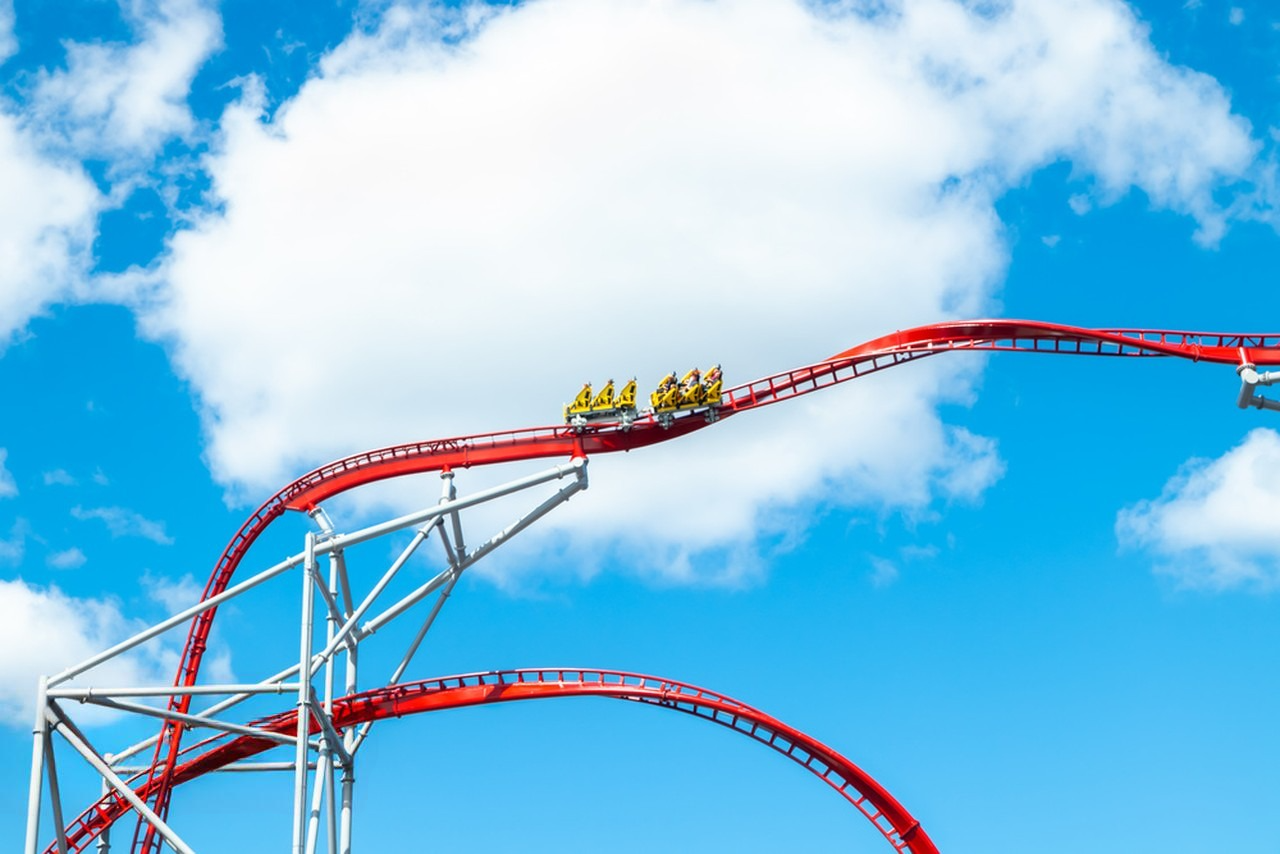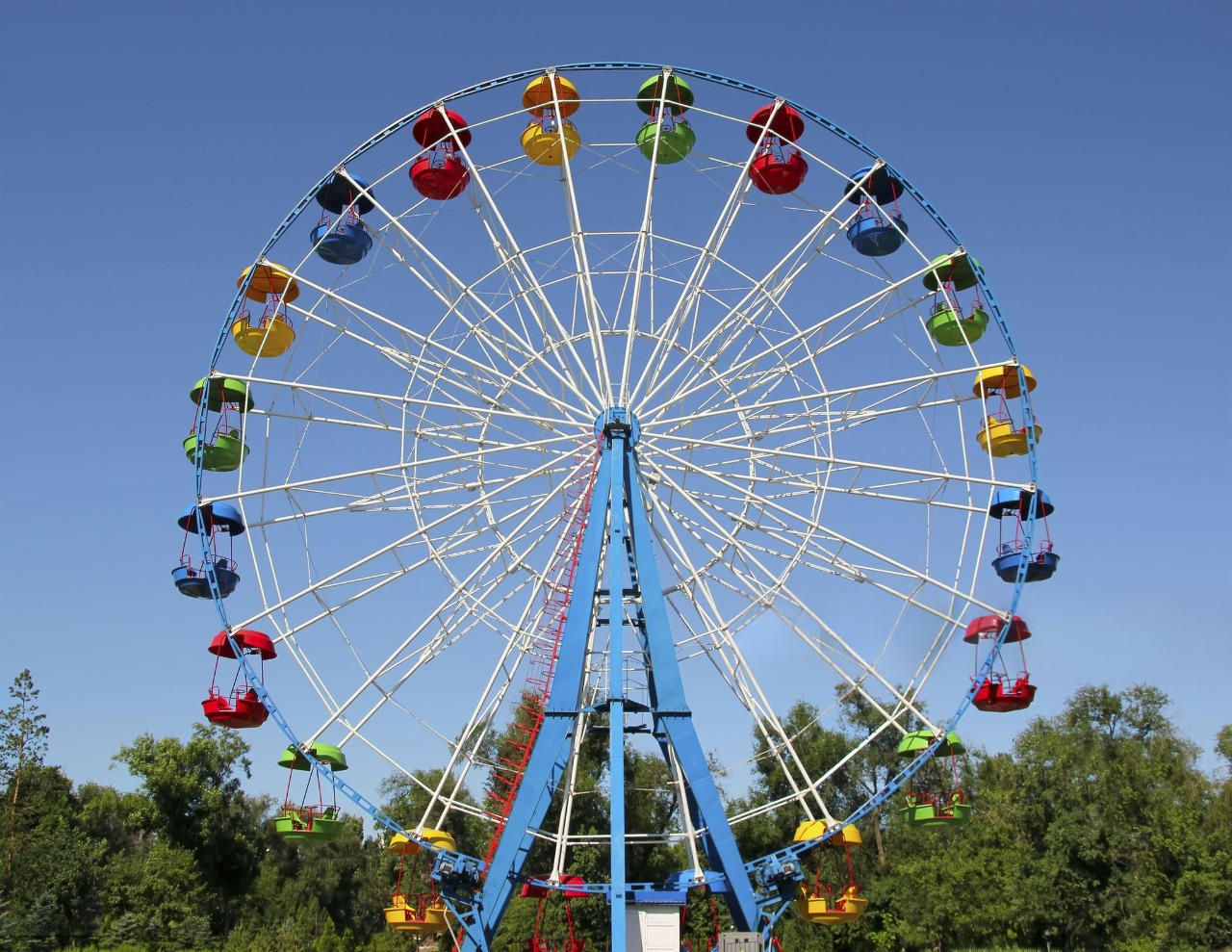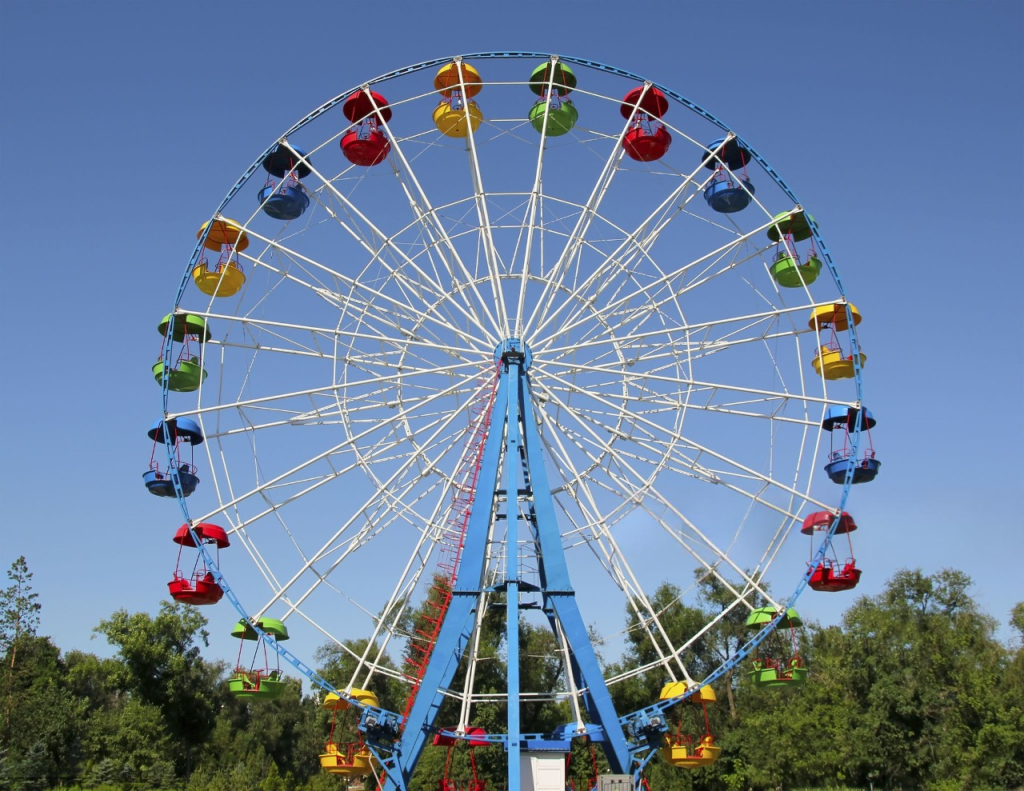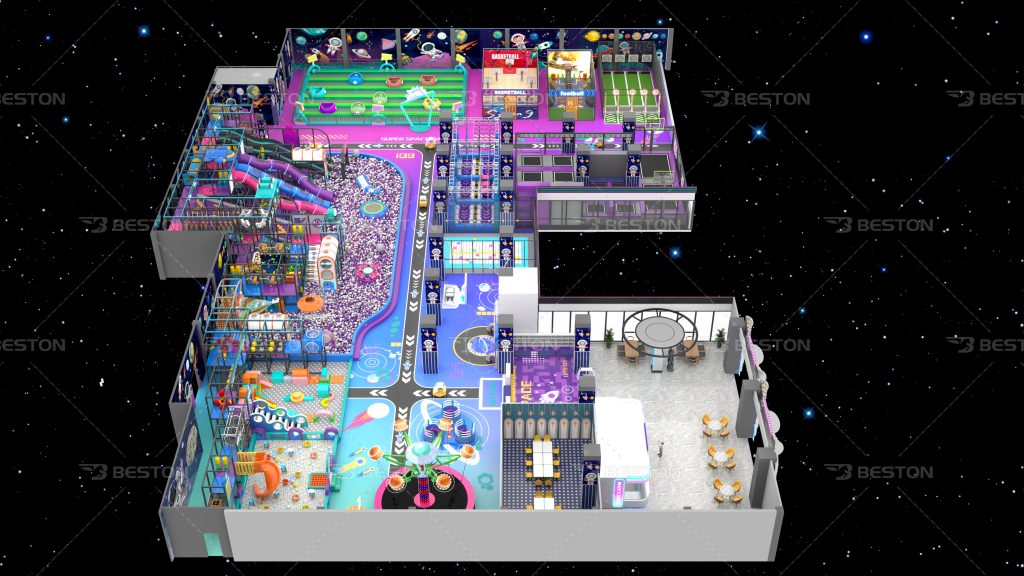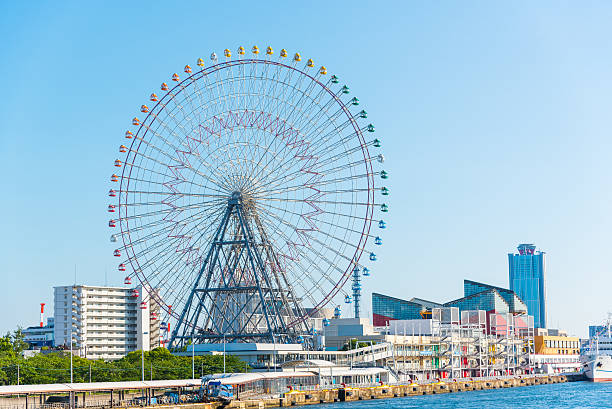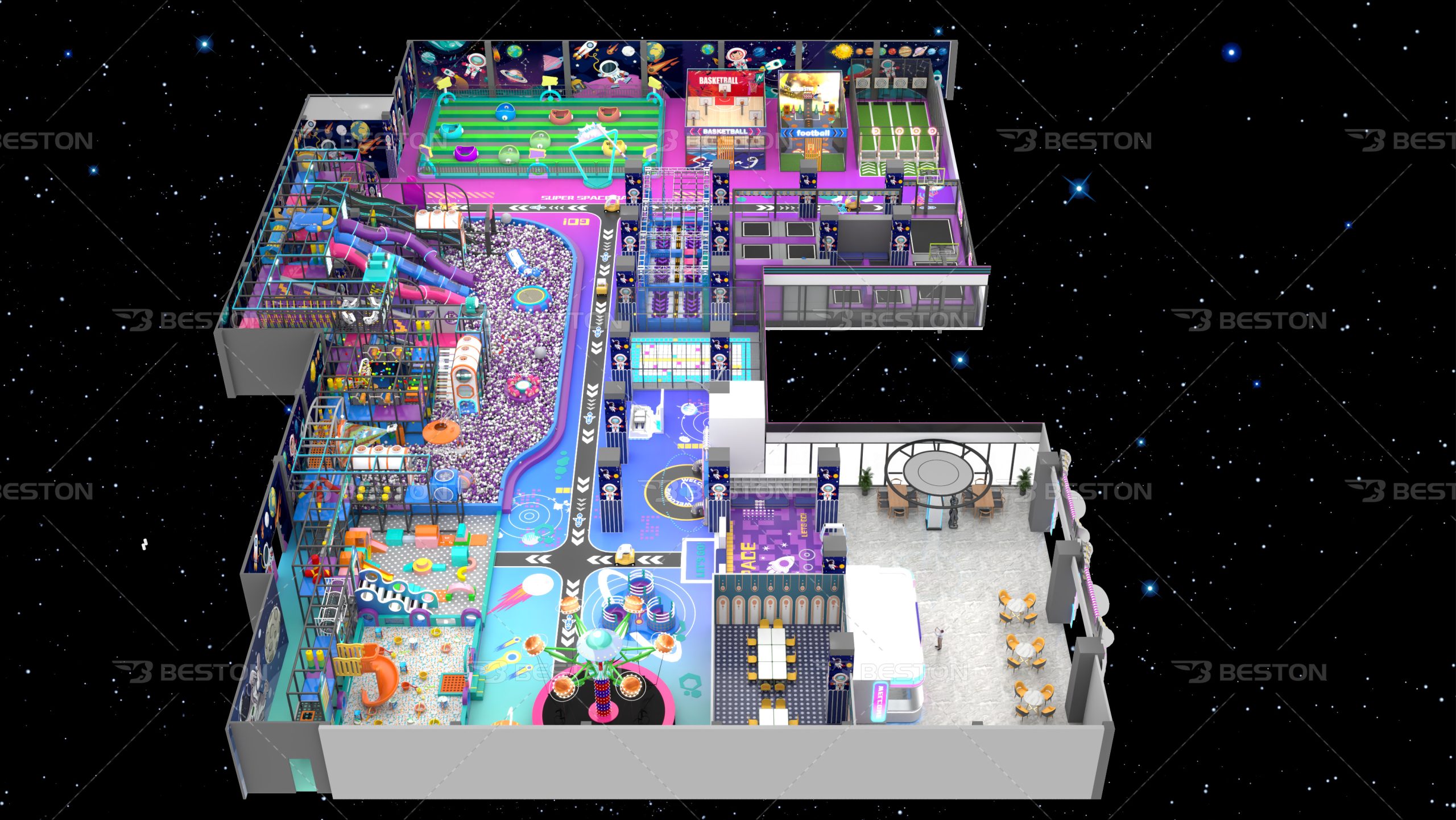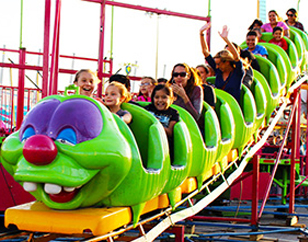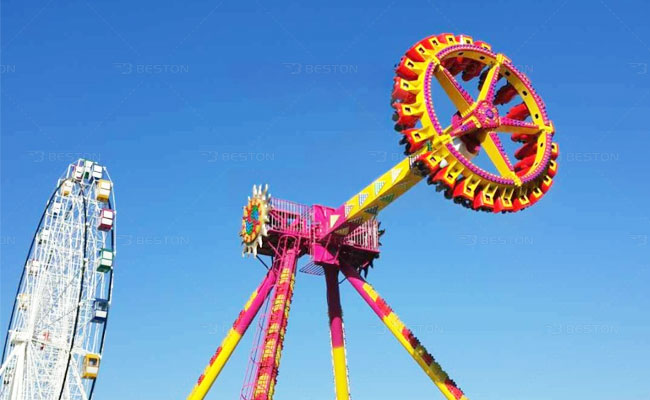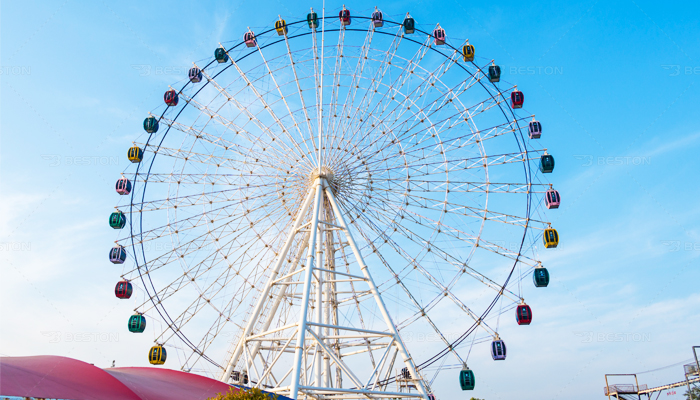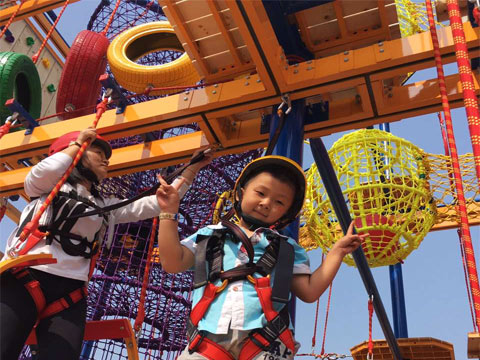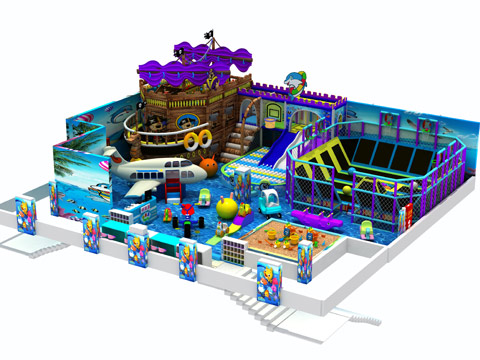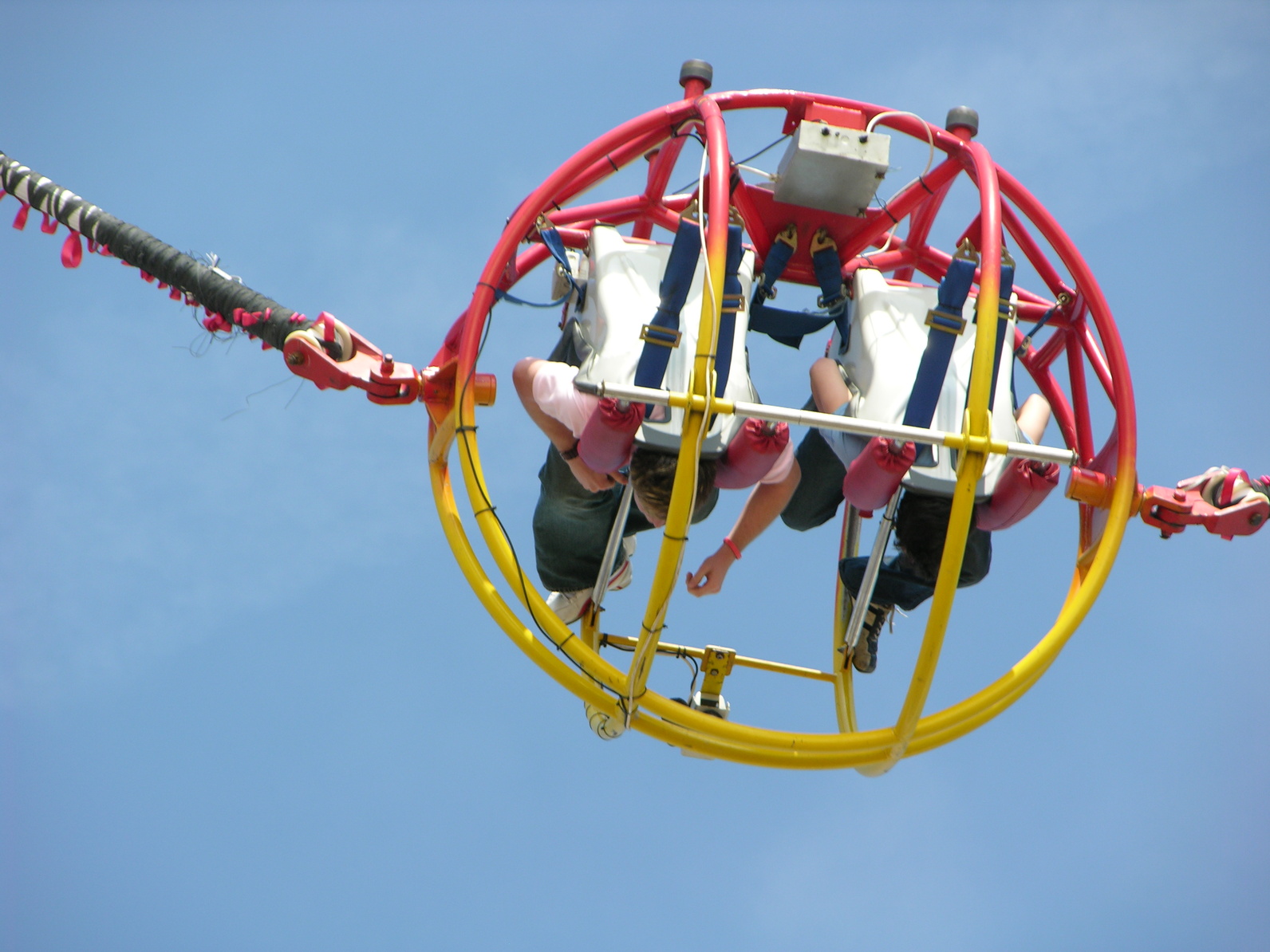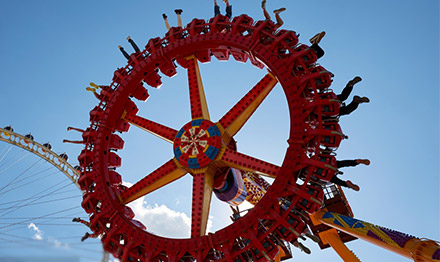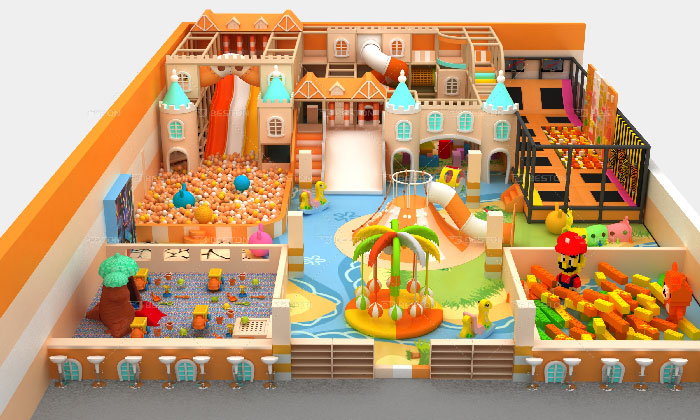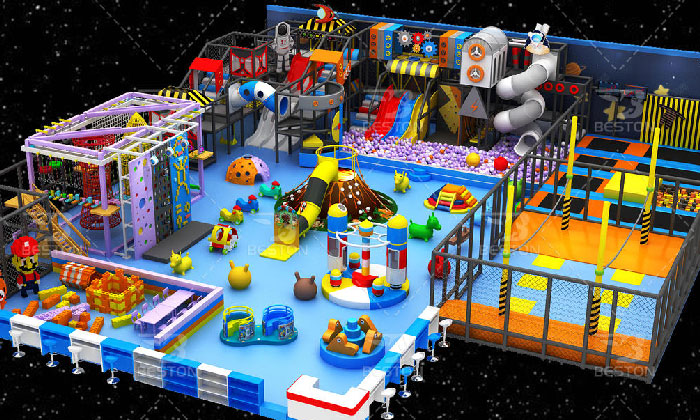Every amusement park owner knows that keeping rides fresh and exciting is essential to maintaining visitor interest. Over time, even the most popular attractions require updates, maintenance, or complete replacement. Rides can wear out due to continuous use or become outdated compared to modern entertainment expectations. This is why finding a reliable manufacturer for high-quality amusement park rides (какие есть аттракционы) is a key step for any carnival operator. Beston Rides has emerged as a trusted leader in the industry, offering a wide range of durable rides that attract visitors from near and far.
The Importance of Regular Ride Updates
Carnival rides, from classic swing rides (цепочная карусель) to pendulum attractions, must be reviewed and refreshed periodically. A ride that looks old or unsafe can deter families, affecting overall attendance. Moreover, amusement park regulations often mandate routine inspections and compliance with safety standards. Choosing a manufacturer that not only supplies new rides but also provides guidance on safe operations is therefore crucial. Beston Rides specializes in offering rides designed to last, minimizing downtime and enhancing the guest experience.
Updating your ride selection is not merely a matter of safety—it also contributes to your park’s reputation. A visually impressive swing ride or pendulum ride (маятник аттракцион) installed at the right location can become a landmark attraction, drawing attention and boosting foot traffic.
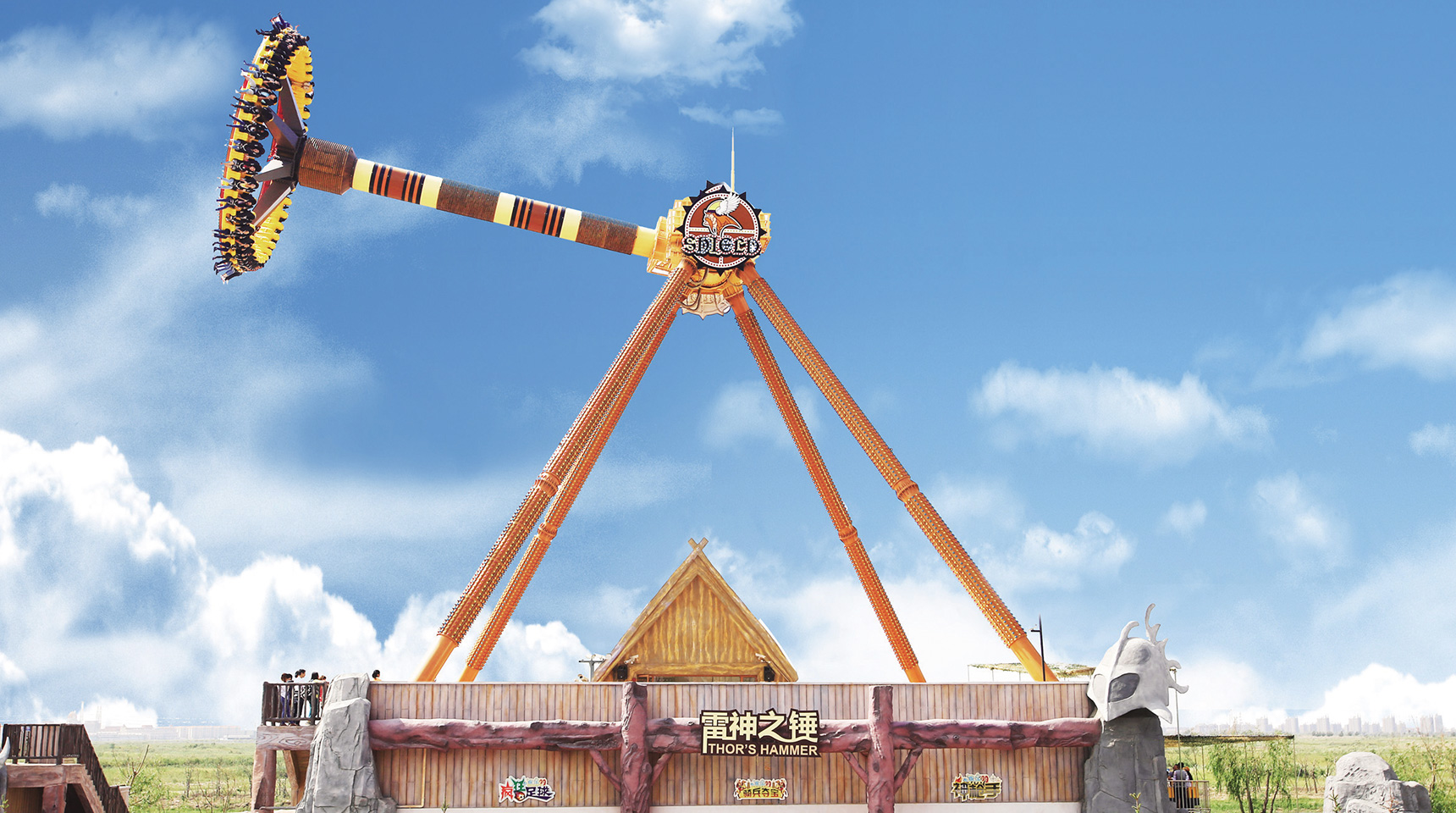
Challenges in Finding a Reliable Supplier
Depending on your location, accessing top-tier amusement park equipment can be challenging. Many regions lack local manufacturers capable of producing rides that meet global safety and quality standards. In such cases, partnering with a reputable international supplier like Beston Rides can solve logistical and quality concerns. Their global reach ensures that amusement park owners can obtain high-performing rides regardless of geographic limitations.
It’s important to carefully evaluate manufacturers to ensure that you receive equipment that combines safety, durability, and entertainment value. Online industrial platforms, trade exhibitions, and company websites can help you identify suppliers. However, working directly with a proven provider like Beston Rides allows for more confidence, as you have access to verified product specifications, customer reviews, and detailed pricing.
How Beston Rides Supports Ride Acquisition
One of the key advantages of working with Beston Rides is their comprehensive support throughout the purchase process. From initial inquiries to delivery and installation, their team offers detailed guidance. This includes helping amusement park operators choose thrill rides (экстремальные аттракционы купить) that suit their location, expected crowd size, and thematic requirements.
For example, swing rides are a classic carnival staple, appealing to both children and adults. Beston Rides offers swing rides in various sizes and configurations, allowing parks to select options that fit available space and desired capacity. Additionally, their pendulum rides and other thrill attractions are designed for maximum visibility and guest engagement, ensuring your park stands out from competitors.
Evaluating Rides Before Purchase
When searching for carnival rides, careful evaluation is essential. Consider the following factors before making a purchase:
- Ride Safety: Ensure the manufacturer provides detailed safety documentation and follows international standards.
- Durability: High-quality materials and engineering are critical for rides that will withstand frequent use.
- Capacity: Rides should accommodate enough guests to reduce wait times and maximize revenue.
- Visual Appeal: Eye-catching designs attract attention and can become park icons.
Beston Rides provides detailed specifications, images, and sometimes videos of their rides in operation. This allows operators to assess the ride’s scale, motion, and guest experience virtually before making a decision.
Streamlining the Ordering Process
Acquiring rides from Beston Rides is straightforward. After evaluating the available options, park operators can request a detailed quote. Beston Rides offers competitive pricing compared to many competitors, ensuring high-quality rides at reasonable costs. Furthermore, they provide installation assistance and after-sales support, making it easier to integrate new rides into your amusement park seamlessly.
Whether you are adding a new swing ride, upgrading a classic pendulum attraction, or expanding with innovative thrill rides, Beston Rides’ professional guidance ensures your investment is sound and effective.
Conclusion: Secure Reliable Rides for Long-Term Success
Maintaining a vibrant amusement park requires constant attention to ride quality, safety, and guest experience. By partnering with a trusted manufacturer like Beston Rides, operators can overcome location-based challenges and access world-class attractions. Their diverse ride portfolio, including swing rides and high-thrill pendulum rides, ensures that your park remains appealing to visitors of all ages.
Ultimately, working with Beston Rides means securing rides that are not only safe and durable but also visually impressive and entertaining. With their professional support, competitive pricing, and global reach, you can confidently update your carnival attractions, keeping your park fresh, exciting, and profitable for years to come.
